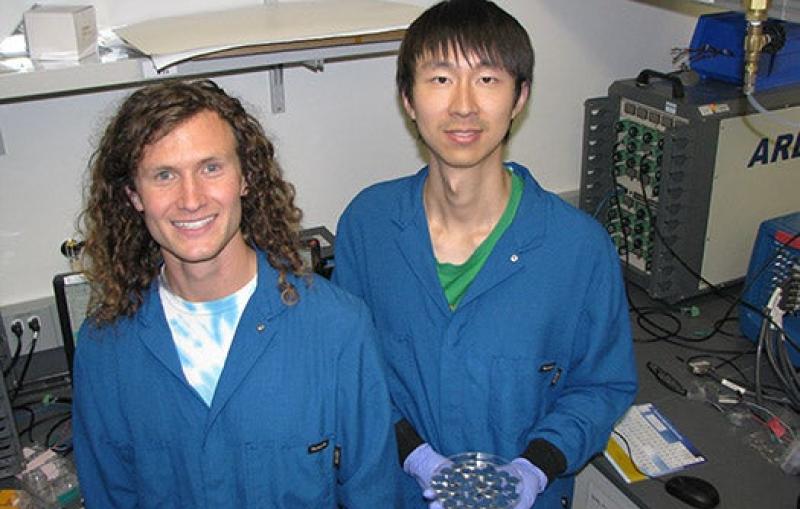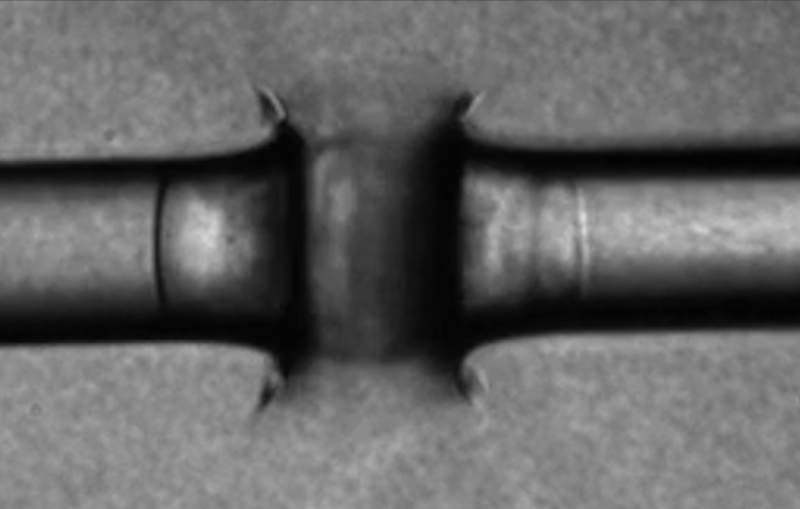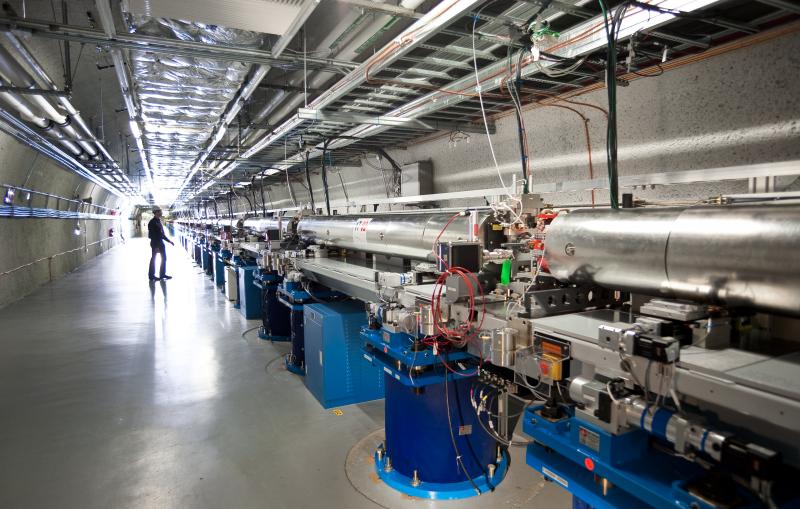News Feature
VIA Stanford Energy
Coating developed by Stanford, SLAC researchers brings lithium metal battery closer to reality



SLAC develops materials to improve the performance of batteries, fuel cells and other energy technologies and set the stage for technologies of the future.
Related link:
Energy sciences


